In an interview with The Game Magazine, Mehmet Masum Suer takes us on a journey through his extraordinary life as a photographer, revealing his profound experiences and passion for capturing Kurdish culture and documenting their stories for over four decades. Discover how he became a professional in a challenging area and be inspired by his unwavering dedication to his craft.
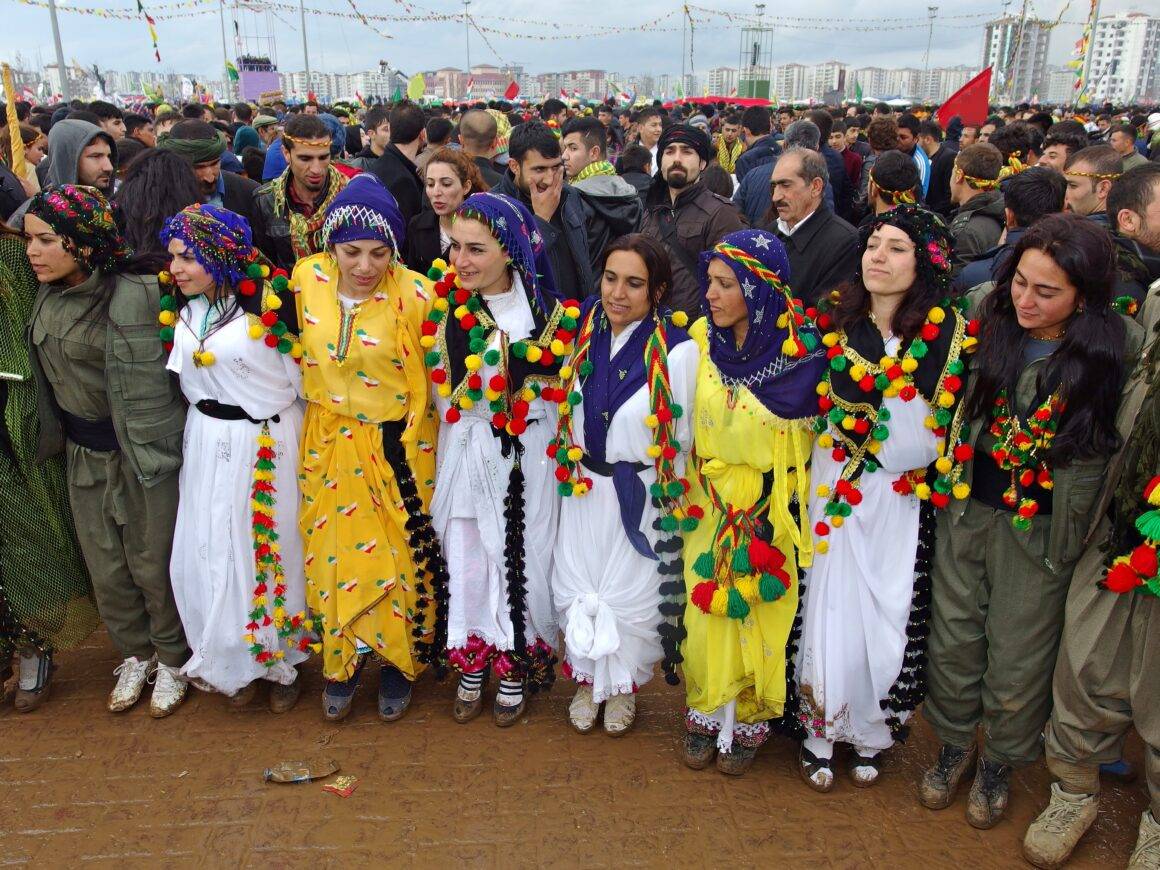
Through the Lens of Mehmet Masum Suer: Capturing the Culture and Life of the Kurds
Mehmet Masum Suer’s passion for photography was sparked when he captured his first photo of his beloved family. He was only 13, and it was 1970. With a Lubitel camera in hand, Mehmet began to see the world through the lens of the camera and fell in love with the art of photography. From that moment on, he has never left home without a camera or, as he calls it a “machine.”
In the early 70s, Mehmet started his career as a journalist and photographer in Ankara. The world of communication was vastly different back then, with tools and technology that are far different from what we have today. As Mehmet recalls, they had to ”use 6×6 or 6×9 cm roll films and could take 9 or 12 photos” in the 70s. As he says, although photography technology developed in the 80s, with the size of films for black-and-white photos reduced and 35 mm color films introduced, communication remained a challenge. By the 90s, cameras had become more advanced, but the internet was yet to be fully realized. In this era, Mehmet and his friends had to rely on telexes and telephotos to send their work.
Despite these challenges, Mehmet remained steadfast in his passion for photography and continued to capture the world around him with his camera and for over four decades, he has been a professional photographer. During this time, he has faced many challenges and witnessed many changes as the world has transformed and evolved. As he puts it, “I want to be an interpreter of the sufferings, joys, hopes and wishes of the Kurds with my photos,” reflecting on his years of covering news and documenting the culture and life tales of the Kurdish region of Turkey.
In this exclusive interview, Mehmet Masum Suer takes us on a journey through his life in photography, sharing his experiences and passion for capturing Kurdish people and documenting their life for over four decades. Beginning with his first photograph of his family in the 1970s, he progressed in the industry and became a professional photographer in a challenging area.
“I want to be an interpreter of the sufferings, joys, hopes and wishes of the Kurds with my photos.”

You began your career in journalism and then moved on with photography and photojournalism. Can you tell us how you started and discovered a passion for photography?
When I took my first photo in 1970, I was just a 13-year-old boy. From dear ones, a photo of my mother, father and sister who is alive. This is the most valuable photo in my archive. My first camera, which you had to look at from the top, was a Lubitel brand camera manufactured in Russia, using a 6×6 cm roll film. I don’t remember how I got this camera. Whether I bought it with my savings or someone gave it to me as a gift, I don’t know. I loved this camera, or as we call it in Turkish, machine. The first family photo I took was the beginning of my photography life. I have not been without a machine until today; even in recent years, I have always had two machines, one big and the other small.
In the beginning, I took photos of family members inside our house. However, when I was a young student in high school, I was reading with love and curiosity the interviews and news written by some of my journalist elders at that time. I could write well, and I wanted to be a journalist.
In 1974, my first articles and photos were published in a monthly magazine published in Ankara. Until the middle of 1992, I worked as a reporter and redactor in Turkey’s major news agencies and newspapers in the cities of Diyarbakir and Erzurum. In the meantime, I deconstructed my news photography.

Everything was different when you first started in the 1970s, including the tools of media communication, journalism, and photography. How did you modify your activity and acclimate to the new techniques? How do you find the differences nowadays?
Yes, indeed, communication tools have changed very quickly. In the 1970s, we were using 6×6 or 6×9 cm roll films. We could take 9 or 12 photos with these films. Previously, the size of films that could take black-and-white photos was reduced in the 1980s, and 35 mm color films were developed.
With these films, we could only take 36 photos. However, you could take thousands of photos on a digital flash disk. We were using chemical liquids in the darkroom to make prints. It required expertise. This has gone away; now you can see it from the digital screen as soon as you take your photo or print it directly.
There was no internet communication until the 1990s. The tools we use in journalism have also changed a lot. We used to use large typewriters called telex to send our news and articles to our headquarters. The articles we wrote on telex were recorded on a long paper strip with a special alphabet. When our article was finished, we plugged this strip into the telex for delivery via a phone line to the telex on the opposite side.
Phone connections were not as easy as now, and conversations were provided via telephone exchanges in post offices. Sometimes we had to wait an hour, sometimes more, or even a day to be able to make a phone call.
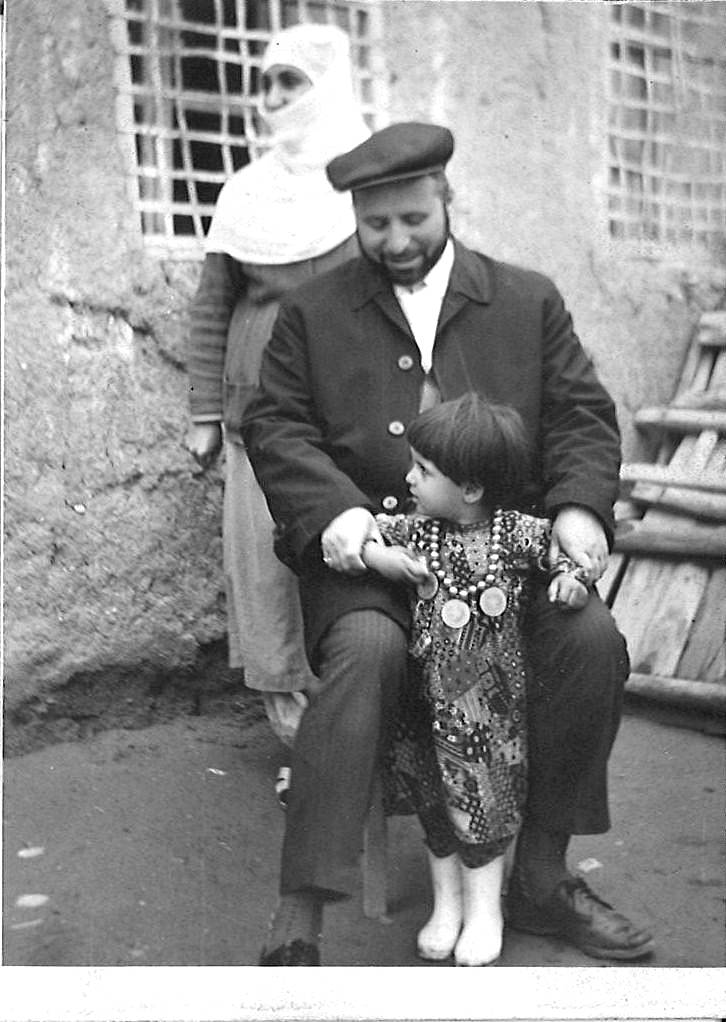
We were delivering our photos to the headquarters of newspapers or agencies with a heavy device, in the size of a small suitcase called a telephoto. This device was working with a phone connection. After establishing the phone connection, the photo that we wrapped on the roll of the telephoto would start to rotate. It would create a different colored line of the picture with each rotation. These colored lines would come together and complete the photo. Sometimes sending a photo took an hour or two or even 3-5 hours. Now we can instantly deliver the images we take with the camera to the center. In addition, there was no quick communication between the remote correspondent and the Dec headquarters. Now you can quickly send all kinds of data to the other party via the Internet.
Many friends my age are not used to new techniques or cannot use internet communication. Because I am curious about electronics, I started using both a digital camera and a computer much earlier than my friends. I bought my first digital camera in 1999, it was costly. My friends were surprised. It was a 3.5 MP mini camera and took 500-pixel photos. So, I didn’t stay without a camera until I switched from an analog to a digital one. My old cameras are now in my collection. And my first digital camera, of course.
While digital cameras provide great convenience to the photographer, for me they have also reduced the value of photography and photography. When we look at many documentaries and artistic photos, we see they use Photoshop. I think Photoshop has damaged documentary photography. It would not be a documentary photo using wide-angle lenses, photoshop and effects. I haven’t used a wider angle than 24 mm for the last 10 years. Apart from the slight color, light and sharpness caused by digital shooting, I want my photo to be original. As documentary photographers, we have a responsibility to future generations. If we exaggerate the truth, we mislead them; it is not true.
“As a Kurd, I am trying to convey the problems and experiences of my people to the world through my photos with the photos I have taken.”
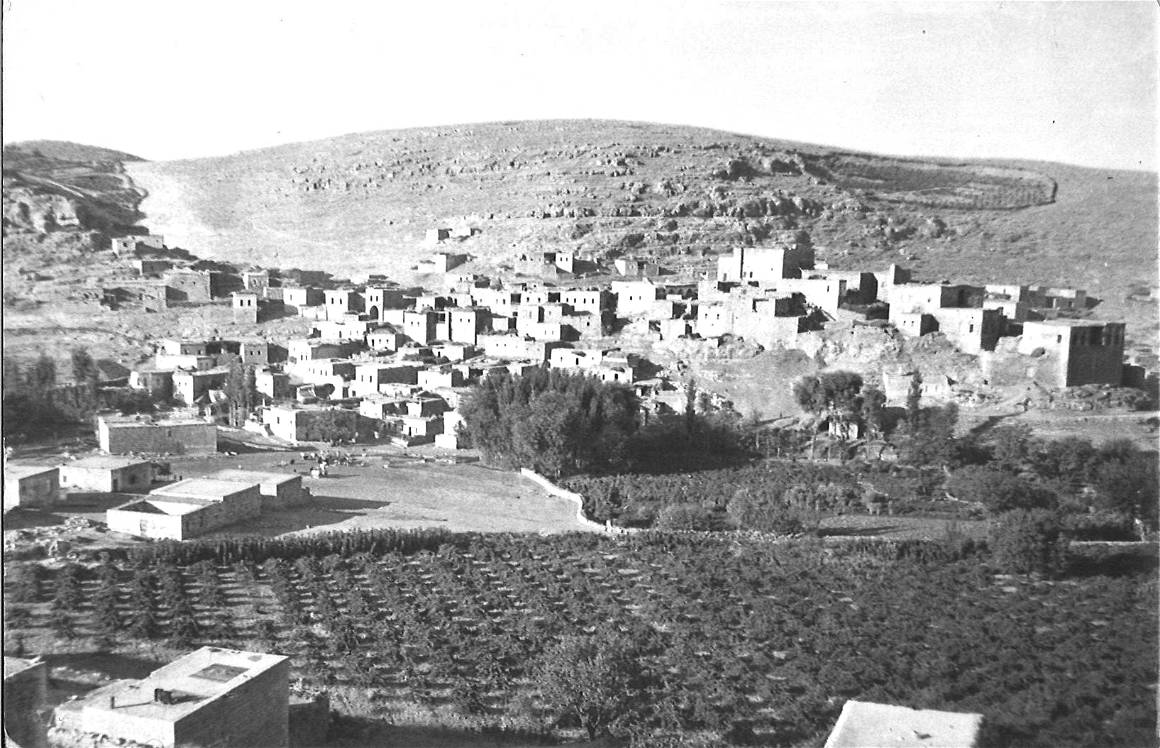
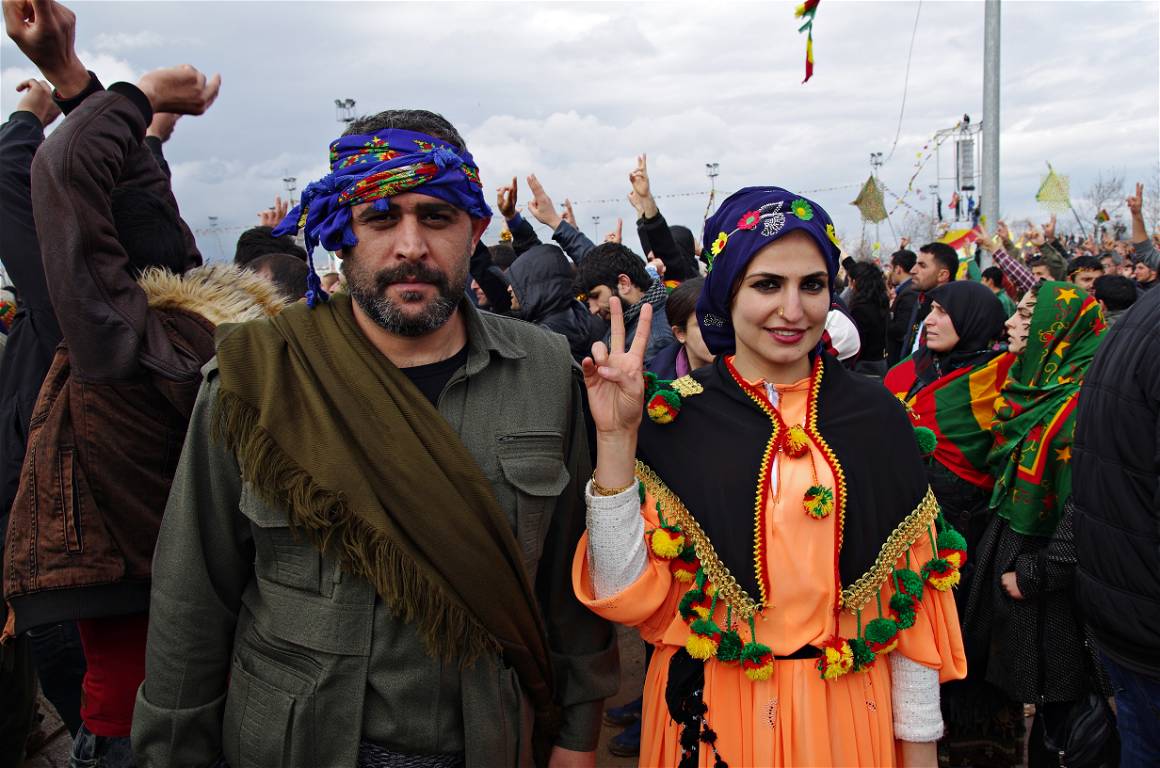
You seem to focus mainly on taking photographs with a cultural theme, from celebrating Nowruz to society matters; what drew you to this particular type of photography?
The Kurds are an ancient ethnic group who live in Turkey, Iran, Iraq, and Syria. Approximately 20 million Kurds live in Turkey. However, the identity and mother tongue of Kurds in this country are not yet legally recognized. The Kurds object to this situation. For this reason, conflicts have been ongoing in our region for more than 40 years. Both the Turkish people, but most of all the Kurdish people, have suffered greatly due to the Kurdish problem in Turkey. More than 50,000 people from both sides have been killed in clashes between the Kurdish armed organization, PKK and the Turkish army and security forces since then.
As a Kurd, I am trying to convey the problems and experiences of my people to the world through my photos with the photos I have taken. I want to be an interpreter of the Kurds’ sufferings, joys, hopes and wishes with my photos. In addition, the Kurdish language and culture are disappearing every day. I document the disappearing values of my people with my Newroz photos and other cultural photos.
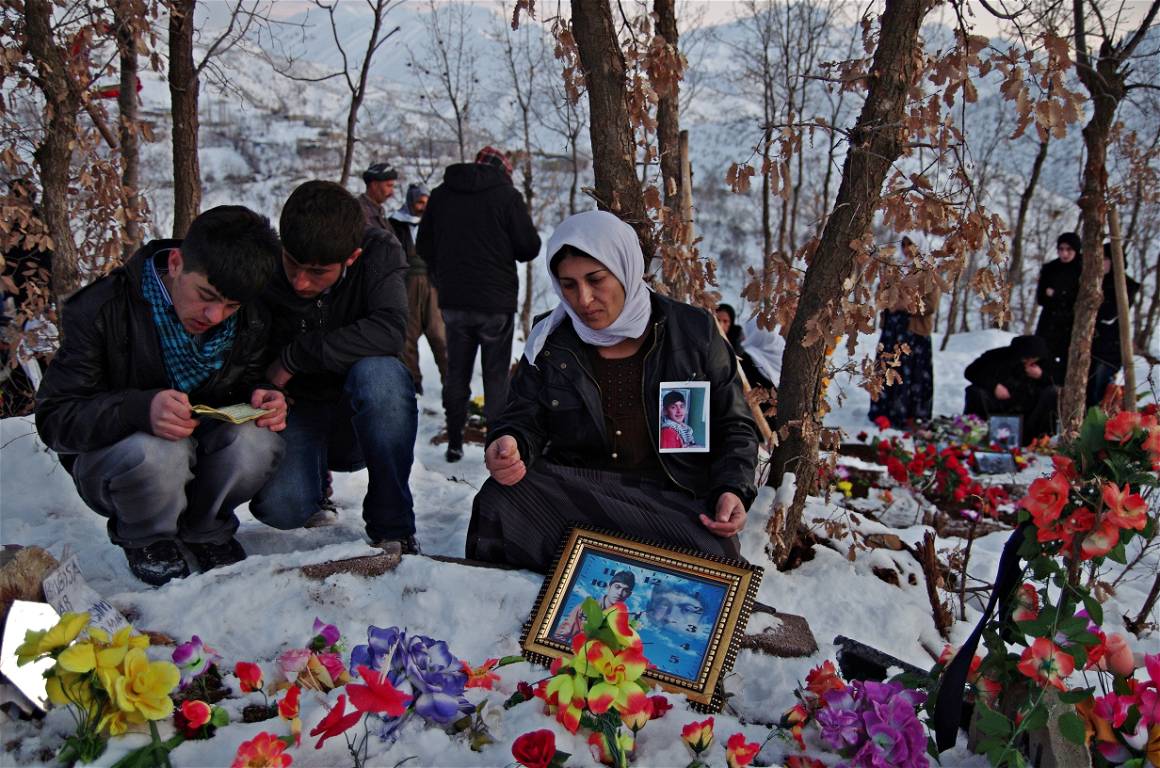
Mehmet, can you explain more about this? What connection exists between your work and your thinking? Are there any notable points that you wish to draw the audience’s attention to?
The language of art, and especially the art of photography, is universal. In order to understand some other works of art or products, maybe it is necessary to know the foreign language to which it belongs, but photography is not like that. To understand a photo, it is unnecessary to learn the native language of the photographer who captured it. The image is enough to explain itself. However, the areas of interest that each photographer concentrates on are different. Some people take pictures of landscapes, some of nature, some of portraits or everyday life.
In addition, naturally, the photographer of each country and culture takes photos of his own country, geography and culture and reflects it. When we think like this, it can be said that every photographer is a “national photographer” in terms of the subjects they shoot but is universal in the language of expression.
I also want to document all kinds of values of the Kurdish people, whose culture I grew up with, and leave them to future generations. At first, my family and the environment in which I grew up caused me to be interested in Kurdish culture.
I document the folk dances of the Kurds, their national clothes that disappear day by day, their home and work tools that are no longer used, and their joys and sorrows. I shoot festivals, concerts of classical Kurdish music and portraits of Kurdish artists, politicians and scientists who have become famous in all areas of life worldwide.
The basis of my photos is the Kurdish culture I have. That’s why I say,” Every photographer tells their own story.”
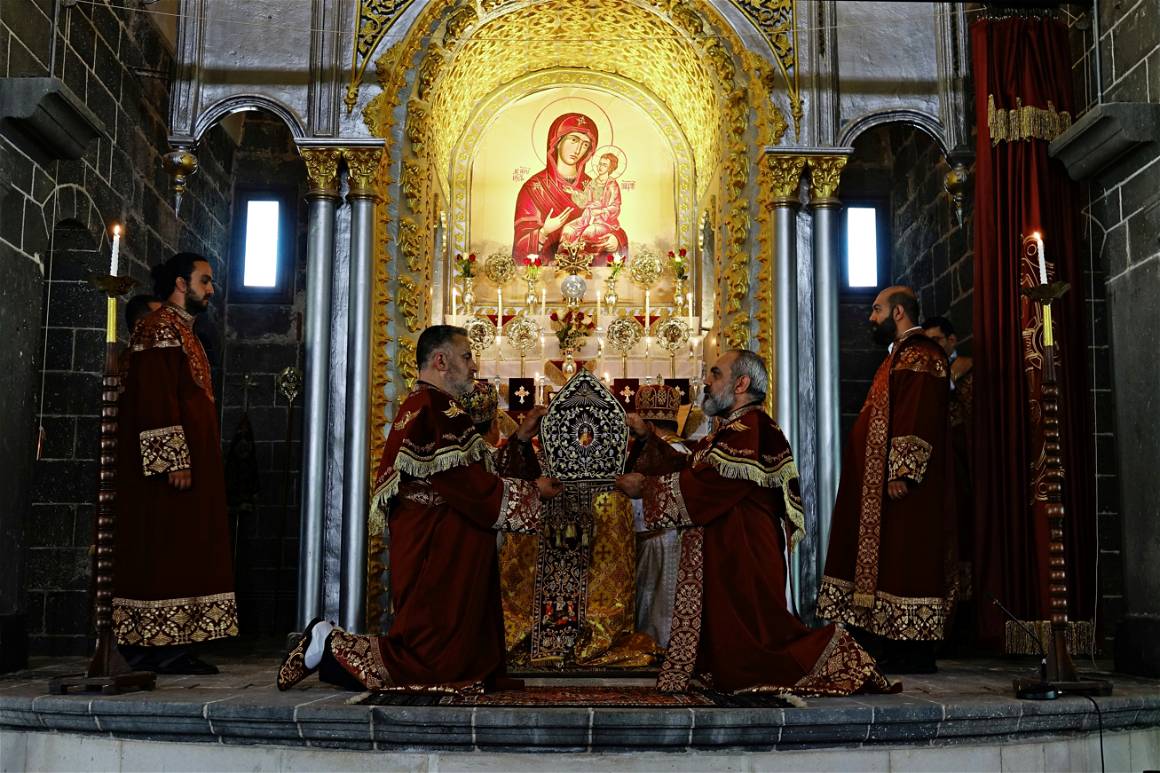
Can you tell us how you get ready to start a photo shoot day? What do you care more about? What equipment will you take with you? What challenges do you usually face?
If I’m going out to take a photo that’s not a news photo, I choose the day and time when I’m in good spirits. I believe in this. Especially in nature, animals, landscapes, and even portraiture, morale is important, in my opinion. I don’t go to take photos on the day when I’m not in good spirits; I postpone the shoot.
I pay attention to the light in photos other than the news photo. Because the light you get behind you makes the colors look the most natural. Of course, I never shoot during the hours when the light is harsh, and I usually try not to use lateral and reverse lights. Also, I don’t like the white color popping in the photo at all. I do not use such photos; I delete them. For me, the details of the white sections are important.
As a cultural photographer, I prefer cameras where I can get all the shades of the main and intermediate colors close to nature. Especially for culturally colored clothing items, it is important to get the original colors in folkloric works for me.
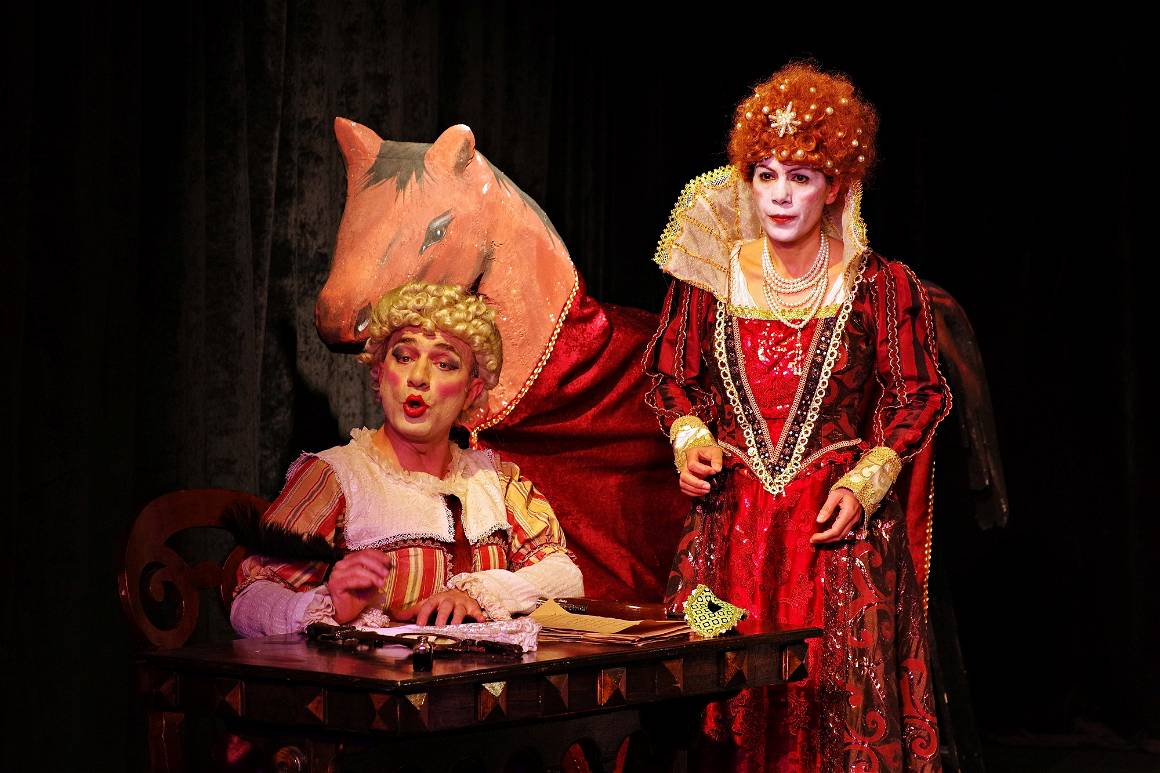
I choose the equipment according to my needs. I like to shoot both nature and landscape, macro and historic buildings and areas. I also take news photos. In this case, I prefer equipment that will meet these needs. I’ve always used two cameras for years. One is my primary camera and the other is my 24 MP mirrorless compact camera with a digital 18 mm angle, especially for street photos. My main camera is a compact 20 MP camera with a value of 24-600 mm and f2.4-4. I got sick because of the heavy camera and lenses, and my back hurts. That’s why I can’t use heavy equipment anymore. This camera helps me with all kinds of shots, including macro from a distance of 1 cm.
Before I shoot, I check the shutter, aperture and ISO values according to the subject I’m going to shoot. There may be values that you have forgotten from the previous shot. Last week I went to shoot the pigeon auction in a cafe at night for a documentary photo shoot. In the previous shoot, I kept the lowest shutter value constant at 60. I forgot to fix it. When I saw the photos on the computer, I saw that none of them were clear. I had to delete them all.
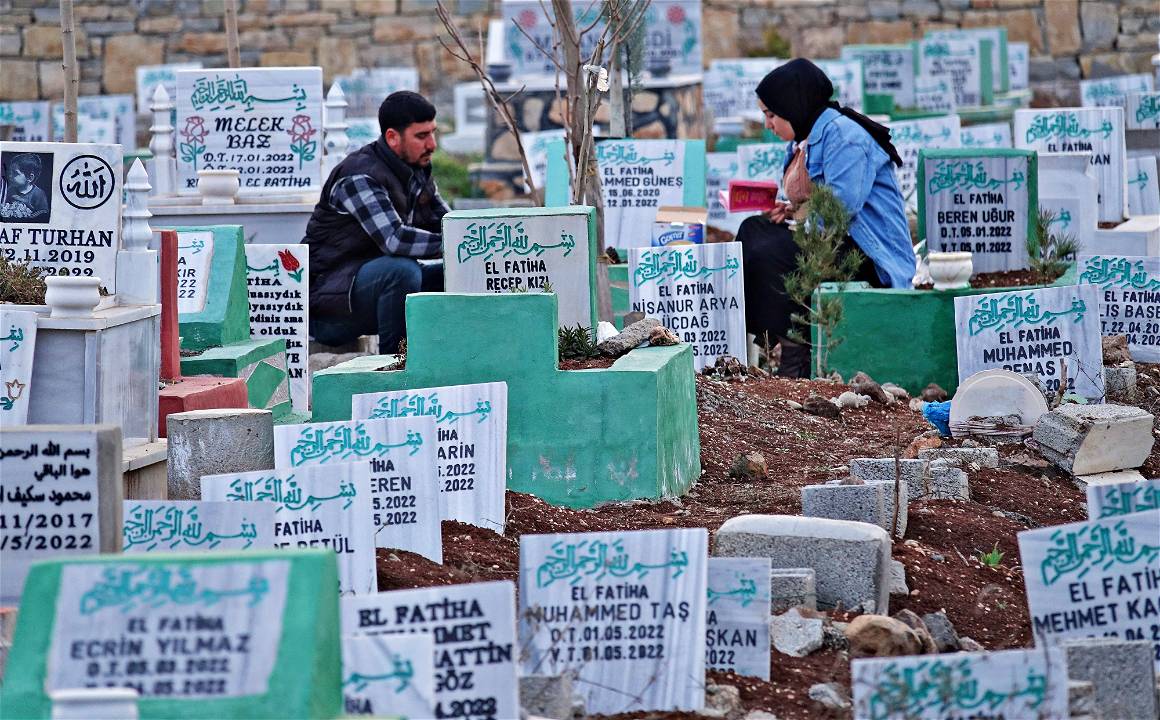
What challenges are affecting your region’s photography industry that a young and upcoming photographer could be aware of?
The Kurdish area where we live is a sensitive region in terms of security. In this region covering 11-12 provinces and on the border between Iraq and Syria, deconflictions have been going on for 40 years between the Turkish army and the PKK armed Kurdish organization militants. And as I said, more than 50 thousand people from both sides died in these conflicts. For this reason, it is difficult for journalists to take photos and work freely in the region. It is always risky to take photos in which civilian people and their living spaces are seen inside cities. A Turkish journalist cannot take pictures in the inner cities, especially in the suburbs, without government support and is blocked. The state security forces are also very uncomfortable with monitoring themselves and their movements. It reacts harshly, your camera or photo card may be taken away from you, or even the journalist may be arrested for taking a photo or a video.
It is very dangerous to take photos in rural areas, especially in border provinces such as Şırnak, Hakkari and Van. Both the state and PKK sympathizers may be uncomfortable with independent journalists. Journalists who are in the service of the Turkish state in the region can only work in the region with the support of the security forces. Kurdish journalists, on the other hand, can carry out their work under great pressure.
According to the latest report of the Tigris-Euphrates Journalists Association (DFG), the total number of journalists currently detained in Turkey is 87. Dicle Muftuoglu, Co-President of the Association, says that they could not determine how many of the detained journalists are Kurds, but the number of Kurdish journalists arrested just for journalistic activities only in the last ten months is 28.
An interesting example; My friend Abdurrahman Gok, a reporter for the Mesopotamia News Agency, serially photographed the moment when an unarmed teenager named Kemal Kurkut, who was fleeing, was shot to death with a pistol in Newroz in 2017. In this case, while the police officers who opened fire received no punishment, the Kurdish journalist who photographed this moment, Abdurrahman Gok, was given a prison sentence of one year, six months, and 22 days.

Considering all of these challenges in working, what role do you believe your photography has in society?
For me, photography is one of the most powerful, easy and fast communication tools. The photo delivers the message in a universal language that everyone can understand, freezing time and quickly reaching the destination. Sometimes you can tell a subject you can’t tell in hundreds of pages of articles in a single photo. I think the power of the photo that freezes the moment is also more impressive than video images. Because you watch the image in the video, it ends, but the photo remains.
I want the Kurdish people, who are alienated and trying to assimilate by drawing borders between them in 4 different countries, to see and learn about their common cultural values, events in the fields of culture, science and art, and famous people. I believe that one of the ways of doing this is through photography. At the same time, I document and archive the common suffering and happiness of the Kurds. Of course, this effort is appreciated by Kurds in four countries. Interviews are being conducted on Kurdish television and media, and my work is being told. And that makes me happy and honored.
“I document the folk dances of the Kurds, their national clothes that disappear day by day, their home and work tools that are no longer used, their joys and sorrows. I shoot festivals, concerts of classical Kurdish music and portraits of Kurdish artists, politicians and scientists who have become famous in all areas of life worldwide.”

Are you working on something new or a project right now?
Until 2015, my career was quite busy with exhibitions and project shooting. I had the opportunity to open 12 solo exhibitions in Turkey, Iraq, USA, and Belgium. However, for the past eight years, I have faced obstacles to pursuing my work due to Turkey’s economic decline and government pressures.
I haven’t earned money from photography in years, as there is no market for photography in Turkey. After taking a break from journalism, I had to teach until last year, but as a government employee, I had limitations in expressing my views and criticizing the government’s mistakes. Making art in Turkey is challenging without government support or an ideological group, and this undermines artists’ independence, freedom of thought, and the value of art. Last year, I left my teaching job and joined an agency group, including your agency IMAGO, where I found a network that values my work.
Despite challenges, I have three projects in mind that I hope to pursue. Two of them are in the Federal Kurdistan Region of Iraq, where I would like to document the lives of the Yazidis and their holy place, Lalesh. The other project is in the Rewanduz town of Sulaymaniyah city, where I aim to capture the beauty of a geographical area covered with deep valleys. Lastly, I would like to document the Kurdish people’s fascinating folklore and way of life in the Khorasan province of Iran if I find an opportunity.
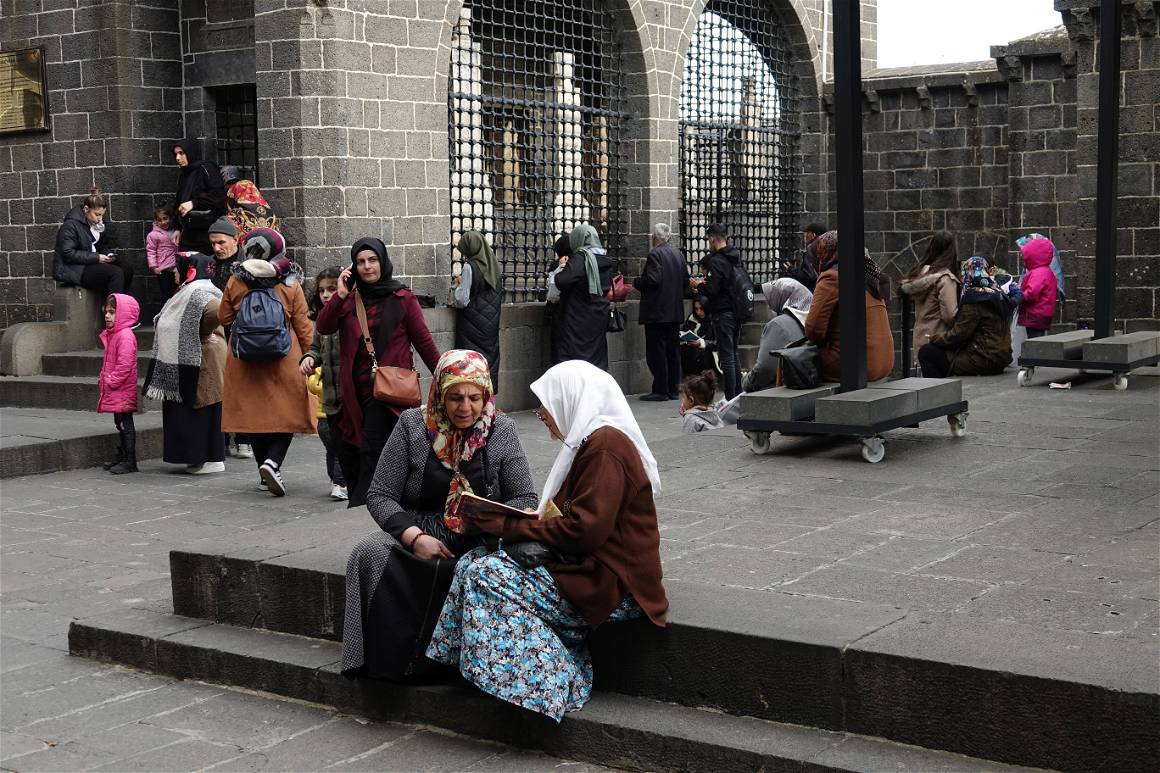
Would you like to add something?
I would like to thank The Game magazine and IMAGO agency very much for the interview. I am proud and happy to work with you.
“For me, photography is one of the most powerful, easy and fast communication tools. The photo delivers the message in a universal language that everyone can understand, freezing time and quickly reaching the destination.”


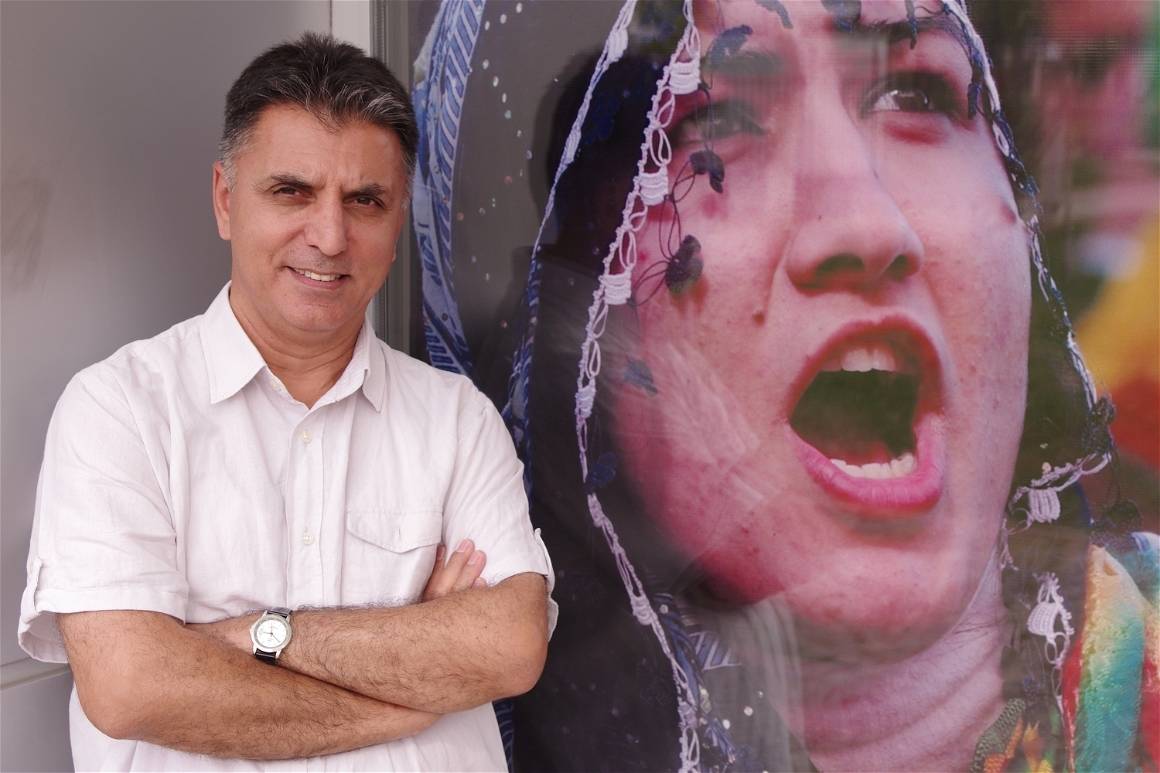




Interview by Fatemeh Roshan, as part of our Merge & Emerge series.


